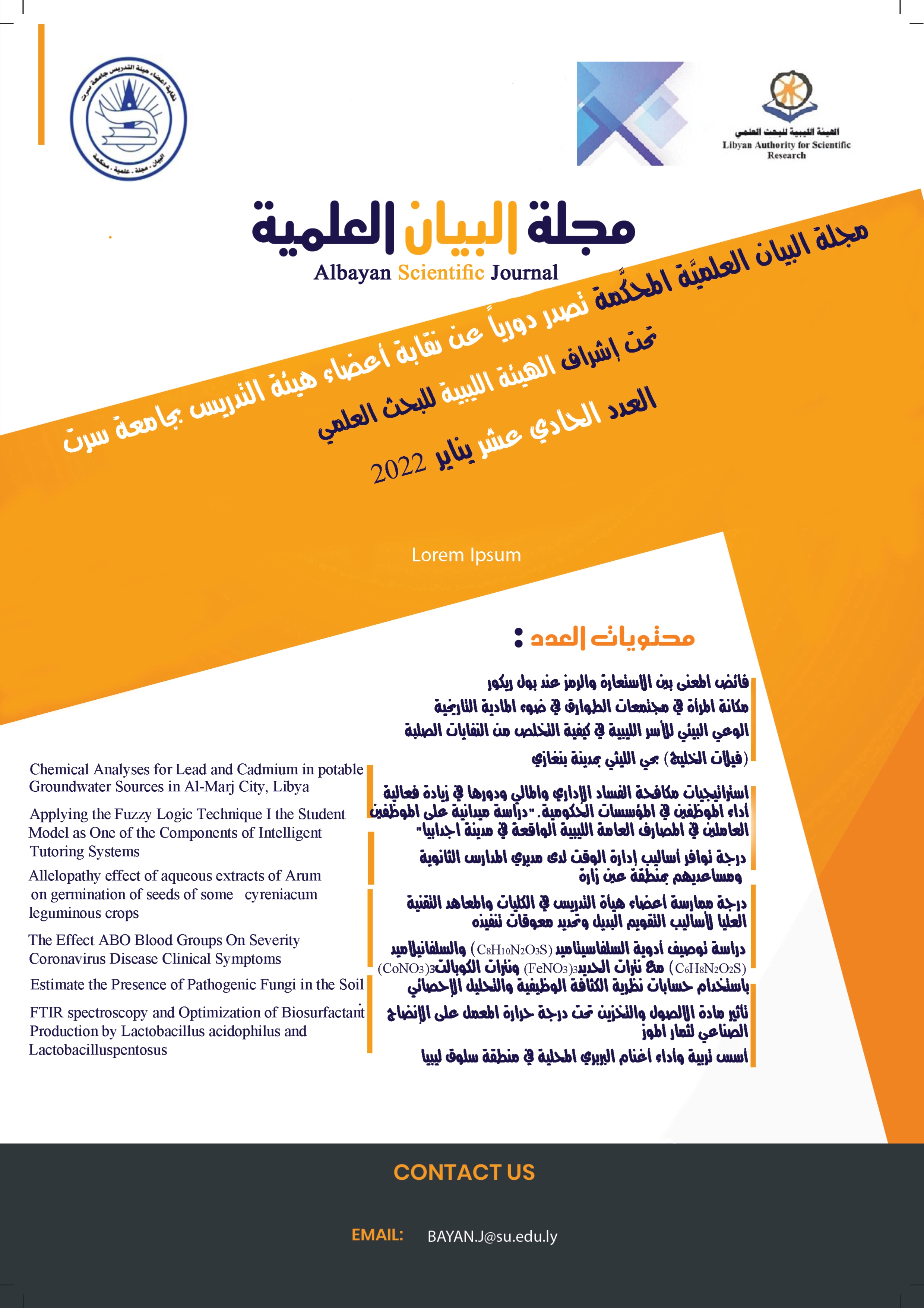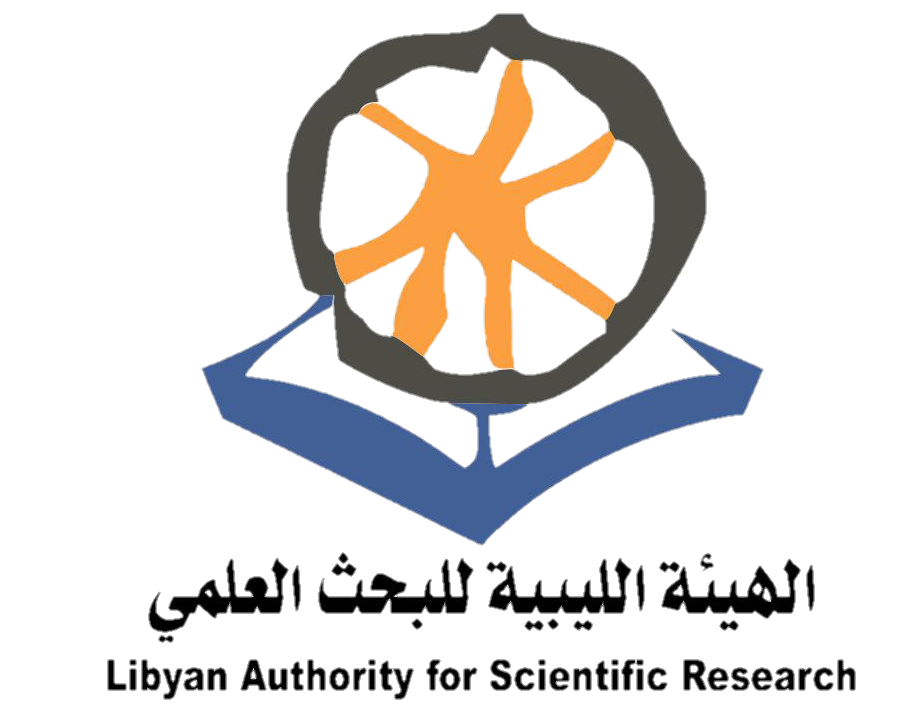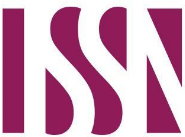Applying the Fuzzy Logic Technique, In the Student Model as One of the Components of Intelligent Tutoring Systems
الكلمات المفتاحية:
نظم التعلم الذكي ،، نموذج الطالب ،، المنطق الضبابي ،، عدم التأكد .الملخص
:لقد أستخدمالحاسب على نطاق واسع كأداة لمساعدة الطالب في التعلم، وأحد ابرز واحدث تطبيقات الحاسب لمساعدة الطالب في التعلم هو نظم التدريس الذكي (Intelligent Tutoring Systems). في هذه الورقة ، نسلط الضوء علىنموذج الطالب(Student Model) كأحدمكونات نظم التدريس الذكيلتصميم تطبيق تعليمي يهدف الى تعلم لغة البرمجة (C++) باستخدامتقنيات المنطق الضبابي(Fuzzy Module). و لبناء نموذج الطالب (Student Model)، علينا تشخيص الاحتياجات،المفاهيم الخاطئة والقدرات المعرفية لكل طالب على حدة. تشخيص نموذج الطالب يكون صعب لأنه محفوف بالشك (Uncertainty)، أحد التقنيات المستخدمة في التعامل مع الشكهي تقنية المنطق الضبابي و ذلك لوصف مستوى معرفة الطالب وقدراته المعرفية. فالمنطق الضبابي قادرعلى زيادة أداء نظام التعلم الذكي في تحديد الملاحظات والمواد التي يجب أن يقدمها للطالب. بالإضافة المنطق الضبابي قادر أيضًا على زيادة قدرة النظام على اتخاذ القرار الصحيح.
المراجع
References:
Butz, C., Hua, S., & Maguire, R. (2004). A Web-Based Intelligent Tutoring System for
Computer Programming. Undefined. https://doi.org/10.1109/WI.2004.15
Chrysafiadi, K., &Virvou, M. (2010). Modeling Student’s Knowledge on Programming Using
Fuzzy Techniques. Smart Innovation, Systems and Technologies, 6, 23–32. https://doi.org/10.1007/978-3-642-14619-0_3
Chrysafiadi, K., &Virvou, M. (2013). Student modeling approaches: A literature review for the last decade. Undefined, 40(11), 4715–4729. https://doi.org/10.1016/J.ESWA.2013.02.007
Drigas, A. S., Argyri, K., Vrettaros, J., &Demokritos, N. (2009). Artificial Intelligence Techniques in Student Modeling. CCIS, 49, 552–564.
Gokmen, G., Akinci, T. Ç., Tektaş, M., Onat, N., Kocyigit, G., &Tektaş, N. (2010). Evaluation of student performance in laboratory applications using fuzzy logic. Procedia - Social and BehavioralbSciences, 2(2), 902–909. https://doi.org/10.1016/J.SBSPRO.2010.03.124
Major, N., &Reichgelt, H. (1992). COCA: A shell for intelligent tutoring systems. Lecture Notes in Computer Science (Including Subseries Lecture Notes in Artificial Intelligence and Lecture Notes in Bioinformatics), 608













